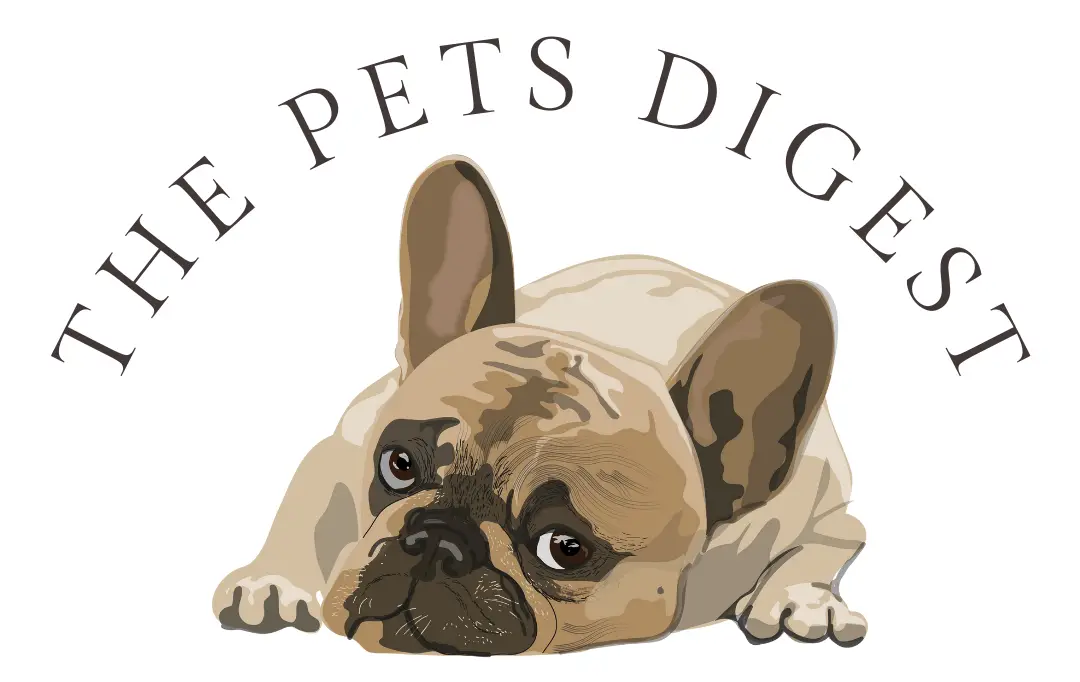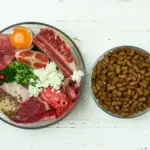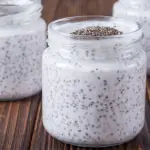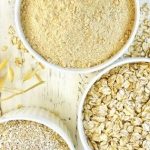Dogs with gastrointestinal disease, sensitive stomachs, and pancreatitis may benefit from limiting fat in their diet. If you’ve ever read the nutrition label on the back of dog food or treats, you may notice that some of them have much higher fat levels than others. As a rule, I tend to limit the amount of dietary fat that my dog eats regularly, there are also some other rules I like to follow when feeding him treats.
Since my dog, Chi Chi, has had chronic pancreatitis for the past 10 years, I feed him a very strict diet that limits his fat intake. However, he is a greedy little thing and I am 100% sure that his love language is food! He loves a little variety in his diet and he gets pretty bored eating the same thing over and over. I try to provide a little variety for him in the treats that I feed him as opposed to his meals. Below are some cardinal rules I follow when choosing and feeding him treats.
1. Apply the 7% rule
As a general rule I always, always read the back of the package prior to choosing a treat for my Cheech. I reach for treats that are preferably 5% or less but no more than 7% fat. There are times when there will be a minimum fat level and no maximum listed and in this case, I tend to steer clear of that particular treat completely, even if the minimum fat level listed is a low number. I make an exception when it is something that I know is generally low fat and healthy for my dog, like these dehydrated sweet potatoes
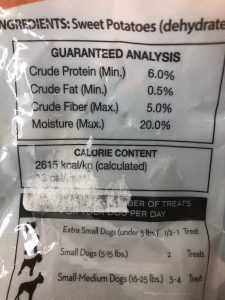
2. Give Bite-Sized Portions
I always break the treats down into smaller pieces for him, unless it is just an extremely small bite-sized treat. As he is a smaller dog, about 7 pounds, and many of the treats created are one size fits all, I always make sure to split his treats. So, consider splitting the treat in half and if it is still quite large halving it again especially if you have a little guy like myself.
3. Limit their intake
As I’m sure most pet owners will limit their dog’s treat intake, but if you have a dog that suffers from a sensitive stomach you may find yourself being exceptionally vigilant about doing so. While I do make sure to half everything I also tend to limit him to no more than two treats per day.
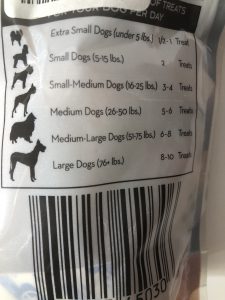
4. The stronger the better
Unless it is something that I’m making at home for my dog like my Chi-Chi Poppers, I usually opt for treats that will take him a while to eat. This seems to leave him a bit more fulfilled, even though he wolfs many of these down quickly as well.
5. Go Natural
I tend to steer more towards natural treats for my pup, such as dried sweet potato skins or other chews. I will also give him veggies, which he loves, carrots and apples (without the skin) are his absolute favorites. While this isn’t necessarily a must it is just something I do to make sure he is getting fewer preservatives and chemicals in his diet.
6. Make Your Own Treats
One way that I ensure my little guy gets a healthy, natural, and sensitive stomach-proof treat is to simply make my own. I have a ton of recipes listed on the site and you can also download the list of foods to avoid info graph for when you are making your own treats here.
7. Give Smaller Portions
If you have more than one dog you know the trials of feedings with one dog that has gastrointestinal issues and one that may not. Since I have two dogs, when it comes to treats I tend to give my dog that does not suffer from pancreatitis the larger treats last. Chi Chi usually gets the smaller one but the trick is to make sure he gets his treat first so he doesn’t try to steal my other dog’s (Cha-Cha, yes those are their real names) larger treat.
Do you have rules of thumb that you follow when choosing treats for your dog with a sensitive stomach?
